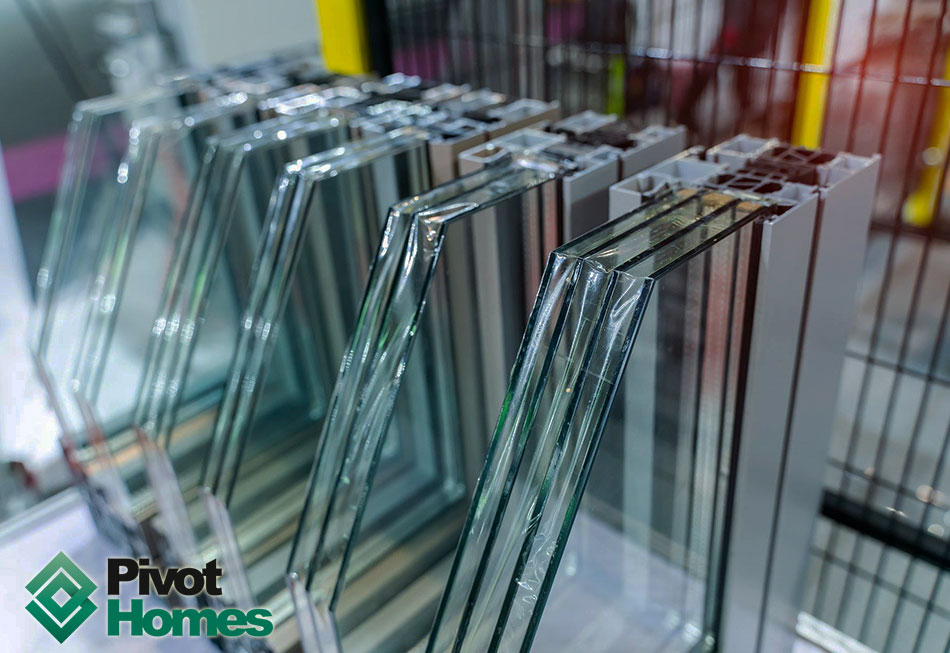All Categories
Featured
Table of Contents
What Is The Best Glazing For My Home? - Part 2 in Secret Harbour Western Australia
That window can transmit more solar heat in winter season than in summertime. A west-facing window on a summer season's afternoon has an angle of occurrence from near 0 as much as 30 with a big effective location of solar radiation. A north-facing window, in summertime, has a high angle of occurrence and a low effective area of solar radiation, so can transfer less heat than a west-facing one.

You can quickly and easily improve the thermal performance of your home by changing your windows. There are thousands of types of glass and frames to choose from.
Double Glazed Windows Sydney & Replacement Windows in Henley Brook Perth
Single glazing with clear glass is not really efficient when it comes to heat loss or gain. To enhance efficiency, you can utilize single glazing with a more energy-efficient type of glass such as low emissivity (low-e) glass.
Numerous layers can be assembled with sealed cavities between each sheet of glass. IGUs typically use much better energy efficiency than single glazing, due to the fact that they transfer less energy. However, the energy performance of IGUs likewise depends on: the homes of each layer of glass. Various glass types (for instance, clear and low-e glass) can be created in an IGU.
What Are The Best Double Glazed Windows In Australia? in Willetton Western Australia

IGU cavities can be filled with air or a more inert, low-conductivity gas such as argon the width of the cavity. Wider cavities supply lower (better) U values, with 12mm usually accepted as the favored gap how well the cavity is sealed.
If argon is installed to the cavity in location of air, wetness is reliably left out the level of desiccant (drying agent). The spacer (metal or polymer strip) that separates the glass layers consists of a desiccant to absorb any wetness. Inadequate desiccant might trigger wetness to condense on the glass surface in cold conditions, lowering thermal efficiency.
What Are The Advantages Of Double Glazed Windows? in Victoria Park Perth
In truth, IGUs can deliver much better energy efficiency for all environments, particularly in heated and air-conditioned homes. Cross-section detail of single, double and triple-glazing units Low emissivity glass (commonly called low-e glass) reduces heat transfer. Low-e glass might be either high or low transmission: High transmission low-e glass has a finish that enables daylight from the sun to pass into your house to attain excellent solar heat gain, however lowers the amount of the long wavelength infrared heat that can leave back through the window.
Low-e glass has either a pyrolytic finish or a vacuum-deposited thin film metal coating. Pyrolytic finishings are durable and can be utilized for any glazing; vacuum-deposited coatings are soft and are just used within IGUs. Low-e coatings can significantly enhance both U worth and SHGC; nevertheless, they must be used properly or they will either degrade or fail to perform as needed.
Double Glazing - Windows - Doors in Gosnells Perth
Low-e coatings can be used in combination with clear, toned or reflective glass. Low-e coverings on glazing can decrease heat transfer where needed Image: Department of Industry, Science, Energy and Resources Toned glass has actually colouring ingredients included during manufacture. It is offered in various colours, usually bronze, grey, blue and green.
Table of Contents
Latest Posts
Benefits Of Double Glazing Low-e in Applecross Western Australia
Double Glazing Windows - Prices And Installers Near You in East Fremantle Perth
Triple Glazing & Triple Glazed Windows - Hampshire in Innaloo WA
More
Latest Posts
Benefits Of Double Glazing Low-e in Applecross Western Australia
Double Glazing Windows - Prices And Installers Near You in East Fremantle Perth
Triple Glazing & Triple Glazed Windows - Hampshire in Innaloo WA